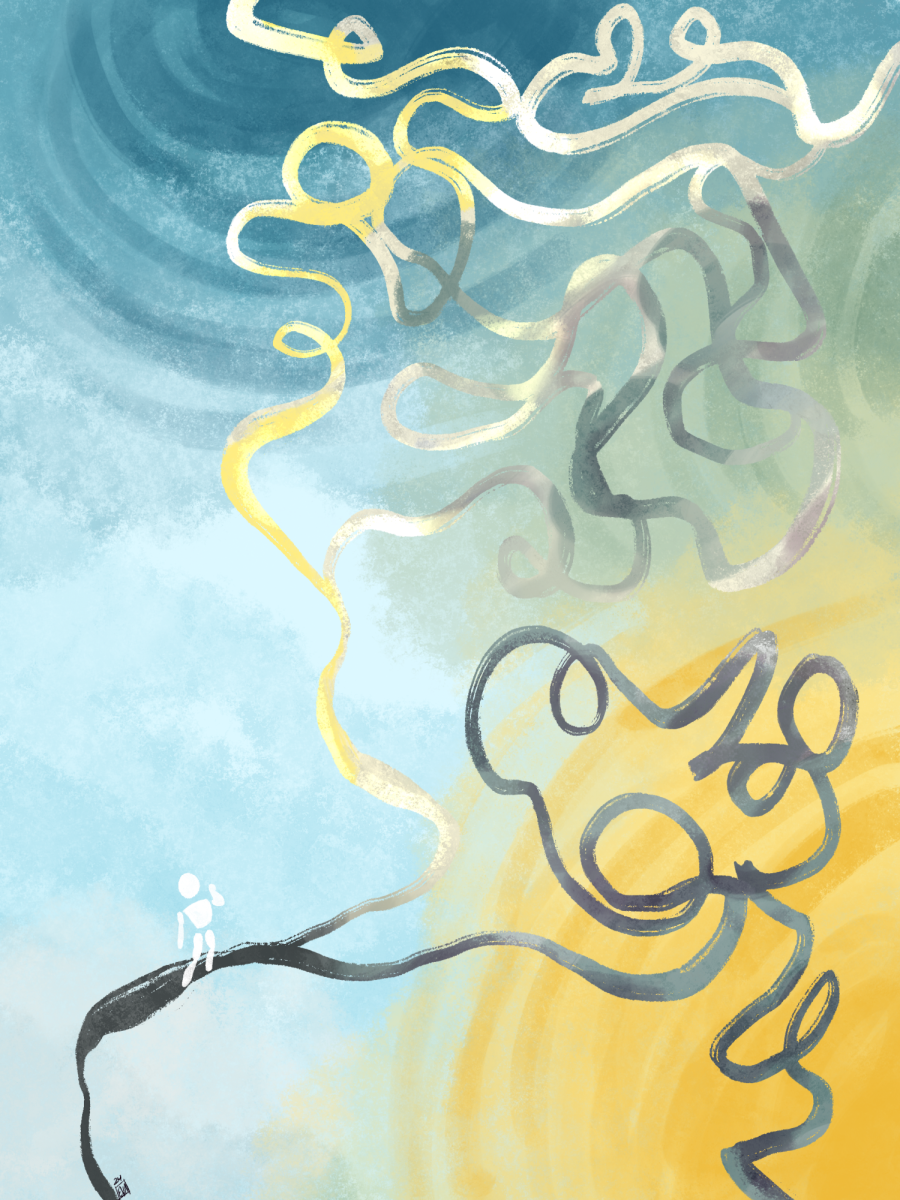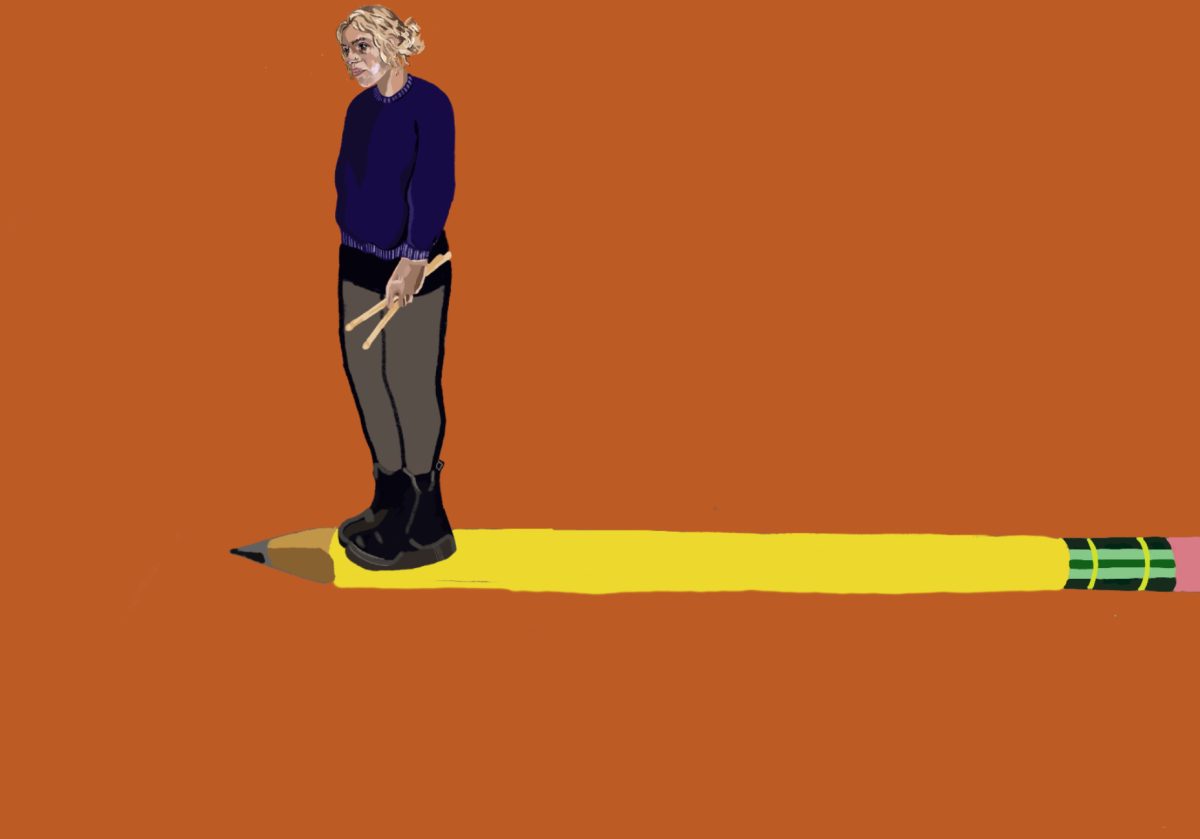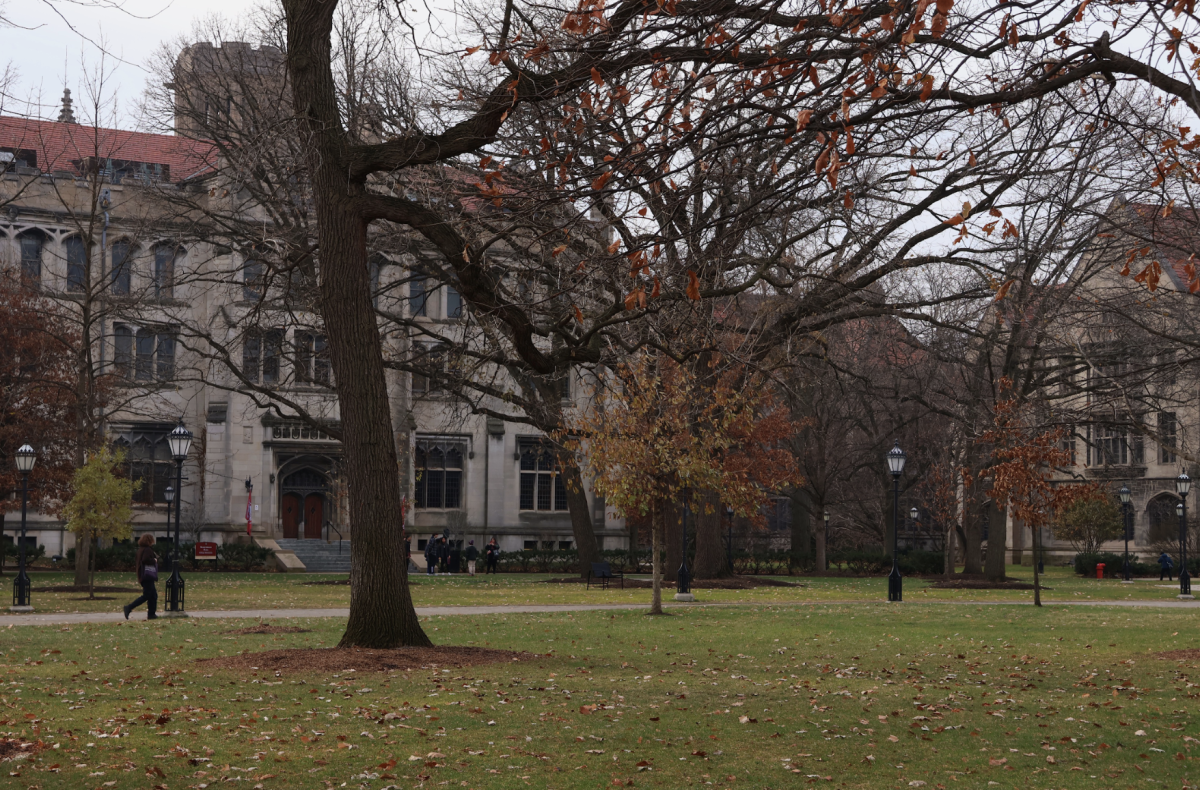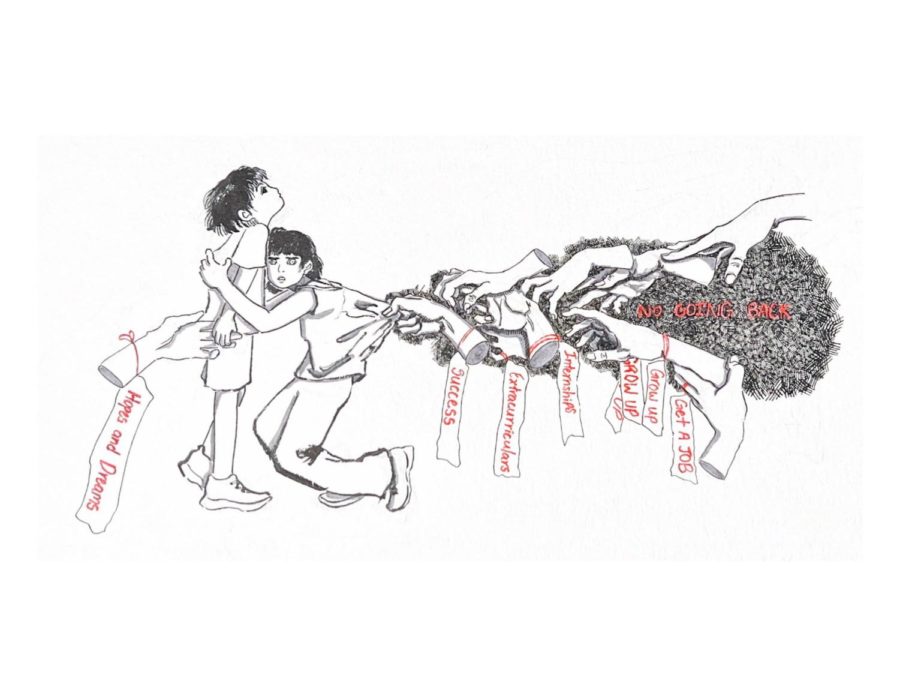Something I always think about when I see posts from Humans of UChicago on Facebook is that people don’t seem to understand that only Humans of New York (HONY) could never have failed to become a hit. Among all the high-minded photography projects that have followed it into existence, HONY is the only one with such a vast supply of subjects: New York City is a bottomless reservoir of “interesting people”—white women with short hair, people of color who look vaguely industrious, adorable mixed-race children, and any older person at all. I’m being reductive, of course, but I’m not really.
HONY’s essential mission, to ache ceaselessly after some essence of humanity by sampling from its most sprawling and diverse coalescence, will never “succeed,” whatever that might entail. But it will consistently come close, in the eyes of its audience, by virtue of its always seeming to be coming closer. Its auteur, Brandon Stanton, always manages to ask each subject precisely the right question to evince a remark whose powerful air of profundity is itself usually evinced by an inoffensiveness so overwhelming that we have no choice but to applaud it, in awe of the sheer flatness and uniformity of the Wonder Bread on display before us. To use another food metaphor, since I’m hungry, looking at a HONY post is now like eating a bacon-wrapped date, or one of those tiny little hamburgers: Though it was once a novel experience, the immediacy of its newness has dissolved, rendering it a figure for the sort of feeble and pathetic “difference” qua quirkiness we embrace on the Internet for lack of anything better to do there or in our lives. I’m being harsh, of course, but I’m not really.
Though I am being reductive. I’ll admit that there are some HONY posts with substance. Those are most frequently ones that capture a being—and, indeed, being—on the verge. A scan of images from the past week alone shows stories of dealing with depression, the trauma of walking away from long-term partners, and even the psychic pain of losing a long-loved spouse. In the most compelling cases, these human stories express the sort of experiential meaning capable of evoking emotional catharsis when seen by the right set of eyes. This does not, however, negate the reality that the composite average HONY post, according to a very sophisticated algorithm I devised, depicts a Yorkshire Terrier/little girl hybrid—wearing a plaid denim tutu, and a pearl necklace from her husband, who was a WWII fighter pilot and quite the dancer—holding a fudgesicle made of flowers. The composite average top comment is, “KEEP it strong!! keep it STRONG ON!! Simple 🙂 This brings the hope the joy for humanity 8) Simple.”
I’m sorry—that is really harsh. I’m being too dismissive. That’s honestly something I’m working on. It’s too easy to derive enjoyment from senselessly knocking things that are essentially good.
I suppose what I meant when I said that “people don’t seem to understand” that only HONY could never have failed to become a hit is that, in light of the understanding of it I just explained, I have a hard time making sense of the various offshoots the project has inspired in cities across the country, in other countries, and even on our campus. What the most meaningful HONY stories share with their audience is perfectly global: They distill the human wisdom of people for whom the present moment is liminal, and constitutive of profound liminality, or for whom that is the case for a visitable moment in their past. The project could really be called “Humans”—though I would argue that calling it Humans of New York is as good as doing that. It’s not just about the size of the city, though. Reasonably large places like Denver and Detroit and Seattle, which boast their own similar photographic anthologies, are no doubt smaller, but also lack the inherent universality of the outward-facing (figuratively, but also literally, in the geographic and historical senses) monument to human multitude that is New York. Few other places are idealized in quite the same way.
And that’s why, for example, Humans of Denver’s Facebook bio collectively describes its subjects as “a peaceful people of great depth & diversity”—a line that reads like something out of the journal of a pleasantly surprised South Sea explorer in the 1850s. What I’ve realized is that unlike HONY, and as in other cities of its size and stature, Humans of Denver is motivated by a curiosity that is more narrowly ethnographic, and which is undergirded by civic pride; similarly, the relatively well-known Humans of Tehran, for example, will, for better or worse, always be defined by its (stated) mission of showing that “Tehran is not as faraway as you think it is.” These projects aim to document “a people,” rather than “People.” The meaning they make will therefore not endure without regard to place; in nobly aiming to bridge geographic and cultural difference, it is contingent on that difference. That’s why, in my view, only a Humans of New York (or a Humans of London or of Tokyo, or something, if one of these others is ever actually done really well) is readily poised to become a truly global sensation. After all, what kind of Facebook user chooses to confront and parse difference when she can bravely combat the way she’s been feeling lately instead?
It’s almost too easy for this Brandon guy; all the other Humans pages do the same on-the-ground work that he does, yet yield meaning that’s a little more challenging, both to create and appreciate. And that’s why they’re all the more valuable, and all the more likely to appeal to a narrower group of interested people, and all the more likely to cater to that niche until a HONY-esque book deal never comes, and all the more likely to become unviable and die out. It’s tough, this game; ask anyone who’s ever tried to build and keep an audience when dealing in things like this, in human things—it makes me want to squint when I look far ahead, though not for the reasons I want.
What’s sad is that I think another way of saying all of this is that we find it too hard to show genuine interest in knowing things about other people that have nothing to do with us, even when those stories are miraculously served right up to our faces. So yeah, enjoy Squirrels of UChicago.
Ajay Batra is a third-year in the College majoring in English.








